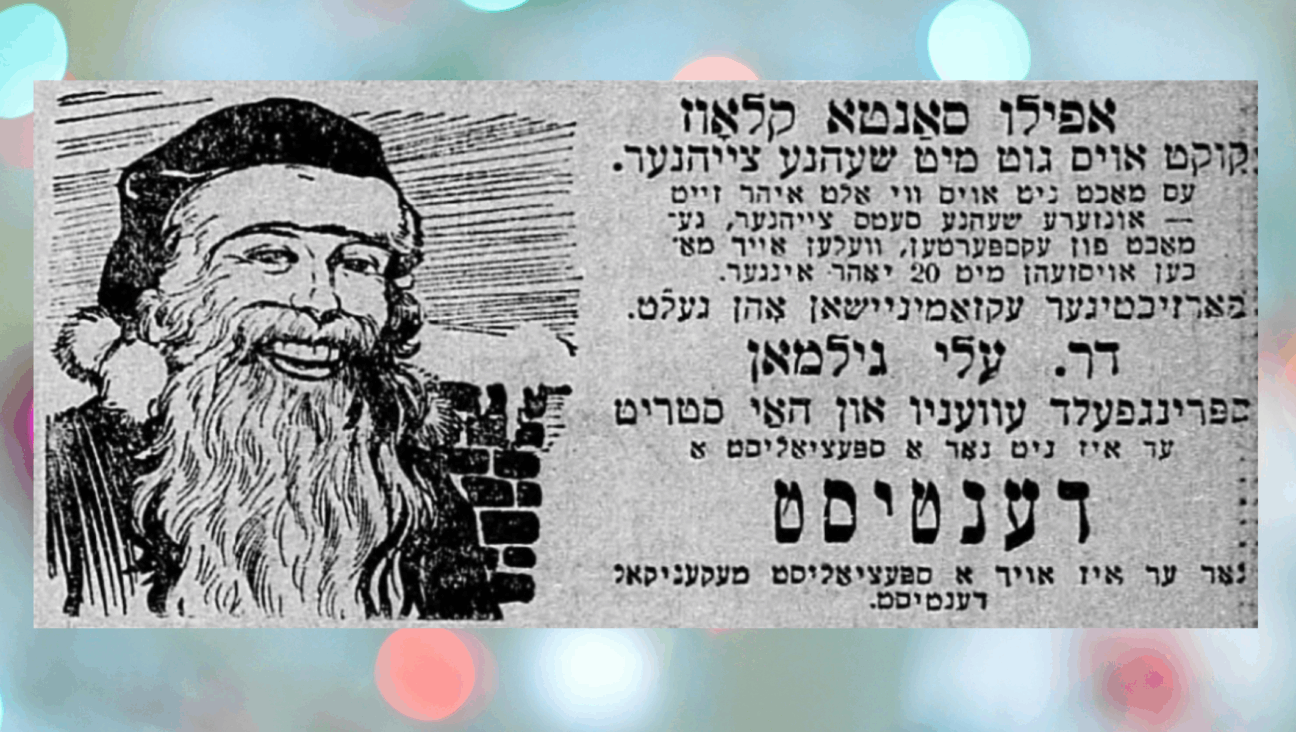Visiting Again With the Divine Fannie Hurst
The Stories of Fannie Hurst
Edited by Susan Koppelman
The Feminist Press at CUNY (The Helen Rose Scheuer Jewish Women’s Series), 349 pages, $16.95.
* * *|
We Jews are spielers. We have Malamud, Singer, Paley, Roth to show for it. And we also have Anzia Yzierska, Edna Ferber, Mike Gold and Fannie Hurst. If the second group is not as gifted as the former, what of it? Paintings of New York by Sloan, Shinn, Glackens and Sawyer are not considered the equal of Monet, Pissarro, or Degas either, but they are satisfying nonetheless.
Now, after more than a 50-year eclipse, we have the opportunity to read Hurst anew, in a collection of her stories recently published by The Feminist Press. Hurst (1885-1968) was prolific, immensely popular and made a fortune from her work. She left half the money to Brandeis University when she died. She was politically active — in addition to supporting workers’ rights, reproductive rights and world peace, she was also a close friend of Eleanor Roosevelt — but she was famous for her stories, novels, plays and essays. Cosmopolitan and The Saturday Evening Post published and advertised her upcoming new stories on the sides of buses. Twenty-nine films were made from her novels and short stories, most notably “Humoresque” (1920, 1946) and “Imitation of Life” (1934, 1959).
The stories are reminiscent of Yezierska, but also of Paule Marshall (“Brown Girls, Brownstones”) and Amy Tan (“The Joy Luck Club”): tales of immigrants in America, what they keep of the past, what they lose, what they gain. Amos Oz’s magnificent memoir, “A Tale of Love and Darkness,” also comes to mind. Oz’s mother was part of a whole generation of Eastern European Zionists who immigrated to Israel, only to find that they are stranded in a country they don’t like. It’s too hot. Where can you buy good cake? Where are the cafés with great writers and excellent coffee? The answer? Of course: back in Europe, where they are reviled and soon to be slaughtered. Hurst’s characters are dislodged and frantic, too.
Hurst’s fortes were place and language and the New York-Jewish milieu of the early 20th century. A proud and nervous mother tells a neighbor on the porch of a hotel, “My Bella’s had chances — not one, but six. You can ask anybody… the chances that goil has had.” A son announces to his parents that they have to change their last name. His mother gapes at him, “I don’t understand!… my son comes home and announces to me and his papa, like it was so much weather, that we ain’t named Goldfish any more.” A mama cries out to a papa, “He wanted a violin! It’s come, Abrahm! The dream of all my life — my prayers — it’s come!… Why, darlink, mamma’ll sell her clothes off her back to get you a violin.’” And she had an uncommonly sharp ear and an eye for local color: Dance halls, suppers in tenement rooms, the rush of shoppers toward sales tables, working girls two to three to a bed in airless attic rooms.
Hurst’s writing was about doing good, changing the social landscape and power relations between the working poor and their bosses, men and women, rich Jews and poor. Her writing was less dense and layered with both Jewish and individual history than the writing of Oz or Roth or Malamud, and her stories will likely seem less anguish-ridden to today’s readers. But the anguish is there. We only feel it less. Perhaps she writes too much like a journalist, too driven by narrative, too reliant on overworking adjectives. Nonetheless her prose and her stories take us into a charged piece of the past, and the journey is illuminating and worth the trip.
Eunice Lipton, author of “Alias Olympia: A Woman’s Search for Manet’s Notorious Model and Her Own Desire”(Cornell University Press, 1999), lives in Paris and New York and has written for The Guardian (U.K.), The New York Times, The Nation and Tikkun.
















